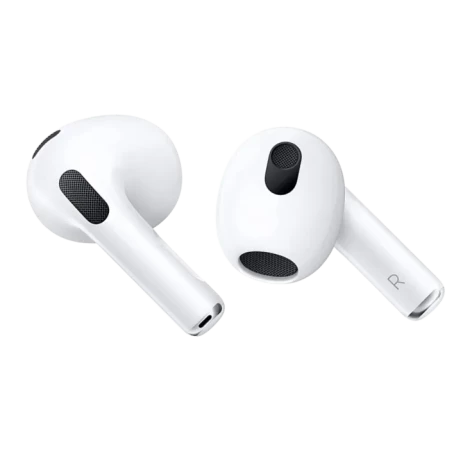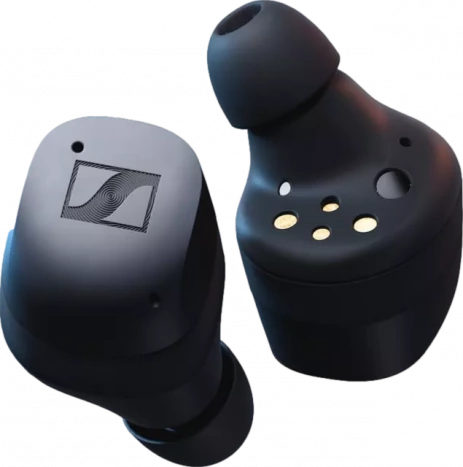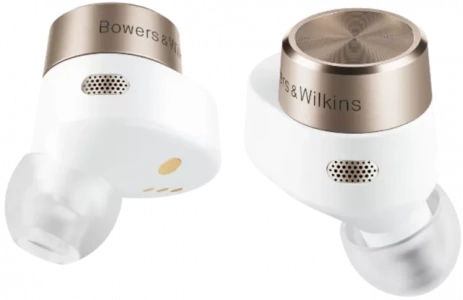Ingress protection ratings refer to the rating of protection given by an enclosure, against dust and liquids. In the format of IPXX, 'X' represents a number The first value refers to protection against solids say dust, followed by the one that refers to resistance against liquids (water).
Having a value of IP54, the JBL Wave Beam's rating for solids indicates that ingress of dust is not totally prevented but dust does not enter in harmful quantities to interfere with the correct operation or impair safety, and the second number of 4 means that they can withstand low pressure spray similar to that of a shower head when tilted at 180° for 10 minutes. JBL Wave Beam have a weight of 8.8g . We consider a lower weight better for the reason that lighter devices are easier to transport.
True wireless devices have no wires connecting any part of the device together, JBL Wave Beam are true wireless for this matter since they don't have wires. This is a major distinction as some wireless earbuds have wires connecting the 2 earbuds .
JBL Wave Beam are resistant to sweat
JBL Wave Beam have stereo speakers, devices with stereo speakers deliver sound from separate channels on both left and right sides, creating a richer sound and a better listening experience. ANC makes use of more advanced technology to actively counter noise.
ANC works when, it listens to the sound pattern outside and inside the earbud and then inverts the soundwaves to cancel it out. In simple terms, it's like having +1 (sound from your surrounding) and producing -1 (inverted noise) to make zero which results in a reduced level of noise.
JBL Wave Beam have Active Noise Cancellation allowing you to listen at lower levels of volume, causing less ear fatigue as you don't need to crank up the device volume to overcome background noise.
The JBL Wave Beam stay well in place, this creates an acoustic covering that tones down background sounds well as preventing the earbuds music from leaking out .
The JBL Wave Beam have a unit size of 8mm in diameter, the bigger the unit the more powerful, therefor producing better bass. A driver unit is the component that makes sound in the earbuds, its size determines the sound produced by the earbuds. JBL Wave Beam's lowest frequency is at 20Hz, low-frequency response measures if and how well a particular audio component generates low recognizable frequencies and if it alters the signal while at it.
JBL Wave Beam's highest frequency is at 20,000Hz, high-frequency response measures if and how well a particular audio device produces high audible frequencies and if it changes to the signal on its way through. The sound pressure level, is the pressure level of sound, in decibels, dB, JBL Wave Beam's measurement is 100dB/mW. Devices with a higher sound pressure level are generally louder when supplied with any given audio source.
JBL Wave Beam's battery life is 8 hours, these last longer than 5 hours of listening which is considered average before recharge. A device's battery life is given by the manufacturer, and with longer battery life, you get to use it for longer and requires fewer chargings. The battery life of the charging case is given by the vendor, and JBL Wave Beam's case is said to have a full charge of 24 hours.
A charging case with a longer battery life allows you to recharge your earbuds on the go many times before having to recharge the case itself. It requires 2 hours to fully charge the JBL Wave Beam's battery. It is recommended to fully charge the battery before using the earbuds for the first time.
The JBL Wave Beam have a battery level indicator, an indicator alerts you when the device has a low battery. Its lights show the charging status of your device and charging case. The JBL Wave Beam have USB TYPE-C, an industry-standard connector for transmitting both data and power through a single cable.
JBL Wave Beam have Bluetooth version of 5.2, Bluetooth is a wireless technology standard that enables data transfers between devices placed in range, using short-wavelength, ultra-high frequency radio waves. The JBL Wave Beam have a 10meters distance to connect via Bluetooth. JBL Wave Beam have 2 microphones.
JBL Wave Beam use a noise-canceling microphone, these microphones are designed to reduce noise from the earbuds' sound. The JBL Wave Beam support ambient sound mode, which uses microphones to pass through ambient sound to still be heard even while wearing them
If lost in a room, or can't easily find them in your bag, JBL Wave Beam have a find earbuds feature. The JBL Wave Beam support fast charging.
Most often, technologies like MediaTek’s Pump Express, are used to lower the amount of time it takes to charge the earbuds. The JBL Wave Beam have a mute function, they have the feature to mute/unmute a conversation directly from the device. With the JBL Wave Beam, so you can access the volume control, pause, play, mute, etc whichever features are supported on the earbuds.
The JBL Wave Beam have voice prompts. With voice prompts, you receive information through audio messages, say if there is a problem with the connection. JBL Wave Beam come with their own special case.
Carrying earbuds openly, or putting them in your bag without a cover can easily damage them.
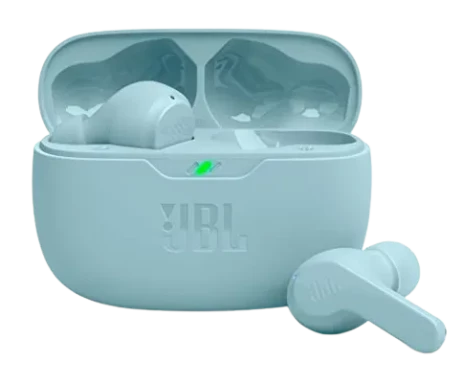


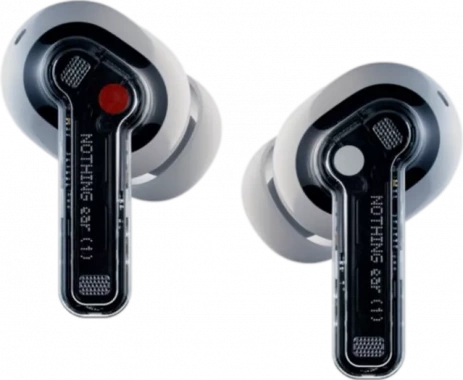
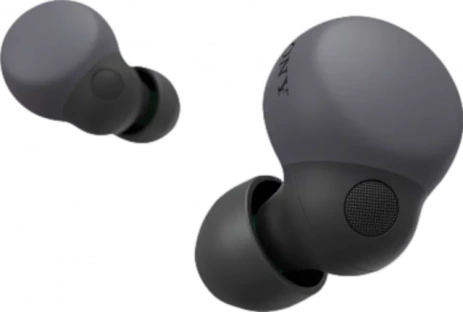
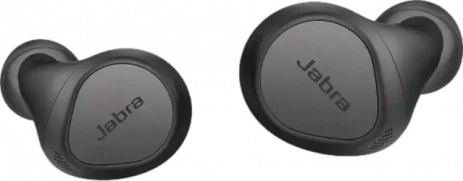
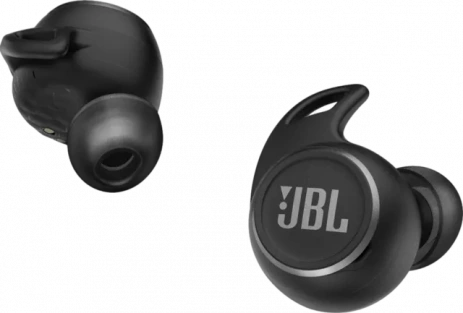
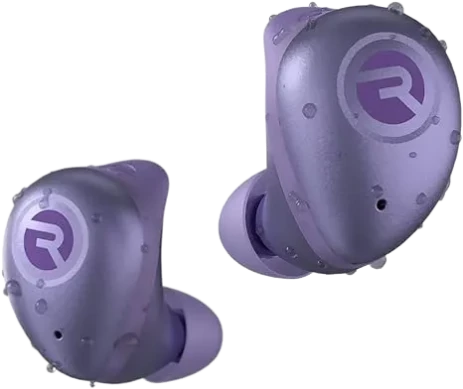
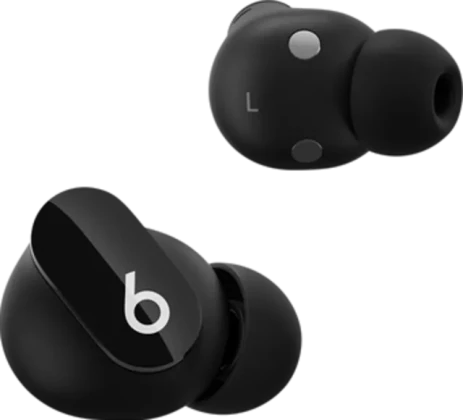
_1671835316.webp)
